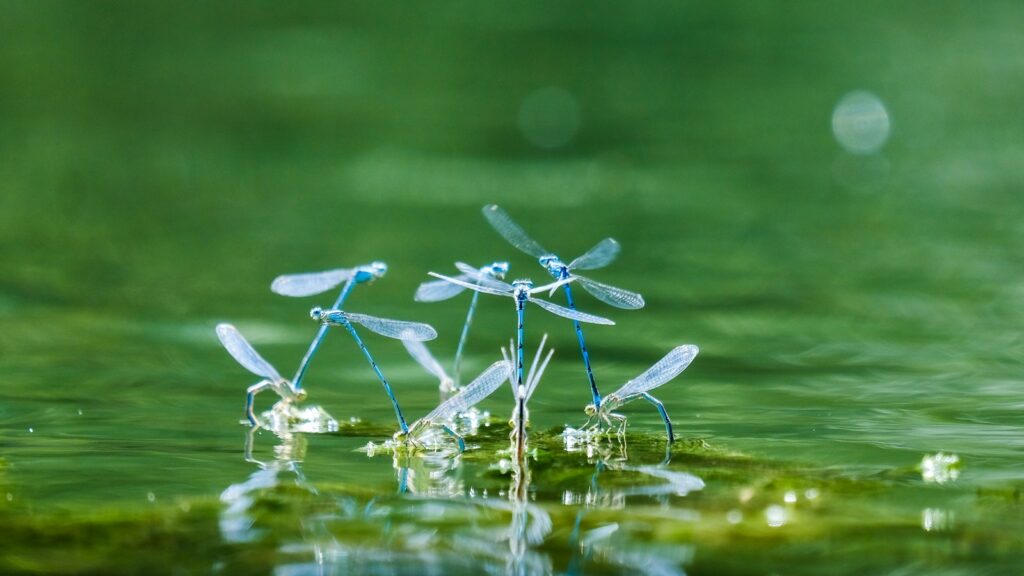Picture this: a great white shark glides silently through the ocean depths, its sensors locked onto an unsuspecting seal. Meanwhile, thousands of miles away, a dragonfly hovers motionless above a pond, its compound eyes tracking every movement of a mosquito. These two creatures couldn’t seem more different – one rules the ocean, the other dominates the airspace above freshwater. Yet beneath their vastly different exteriors lies a shocking truth that has captivated scientists for decades.
Ancient Hunters with Modern Efficiency
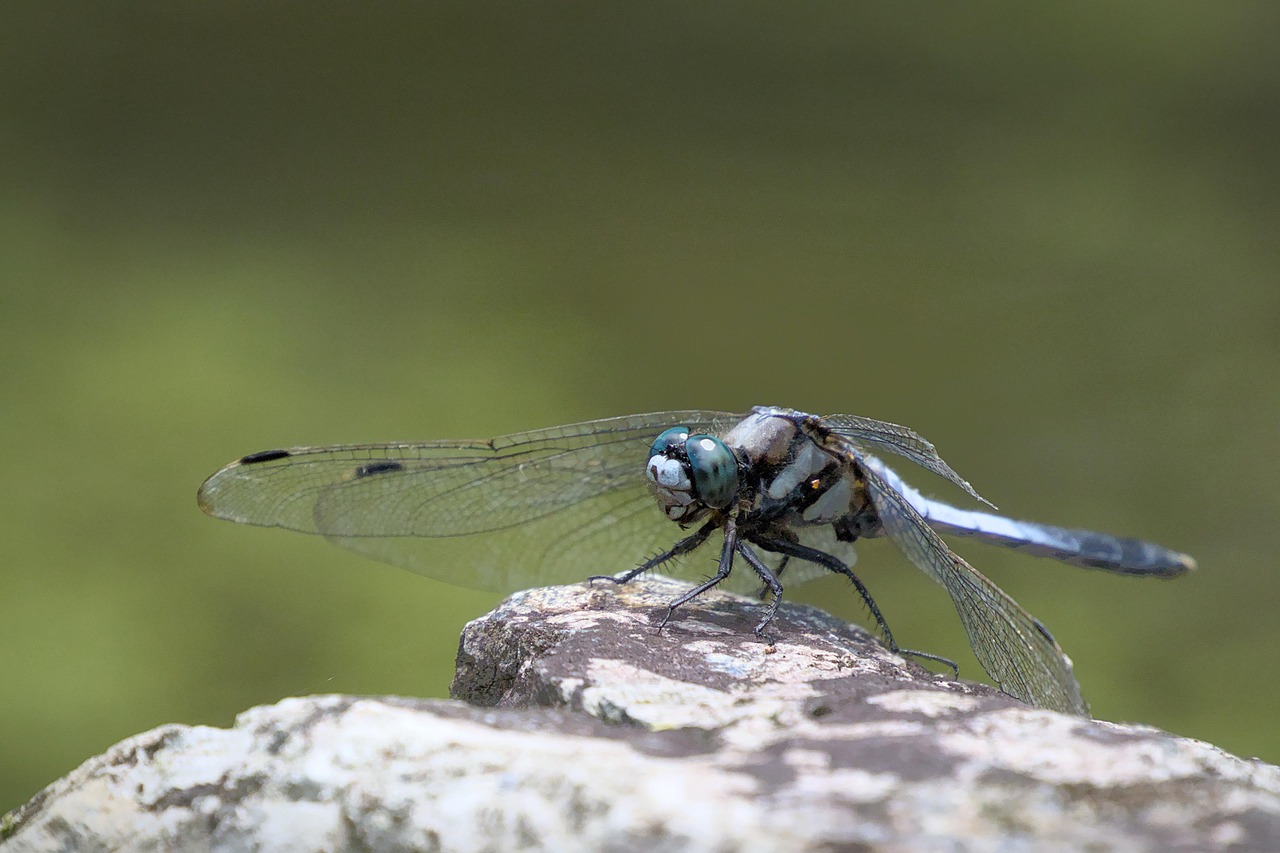
Both sharks and dragonflies are living fossils that have mastered the art of predation over millions of years. Sharks have been patrolling Earth’s waters for over 400 million years, while dragonflies have been aerial acrobats for roughly 300 million years. This incredible longevity isn’t just luck – it’s the result of evolutionary perfection.
These ancient predators have survived multiple mass extinctions, including the one that wiped out the dinosaurs. Their success stems from developing hunting strategies so effective that they’ve barely needed to change. While other species evolved dramatically or went extinct, sharks and dragonflies found their winning formula early and stuck with it.
The Mathematics of Perfect Predation
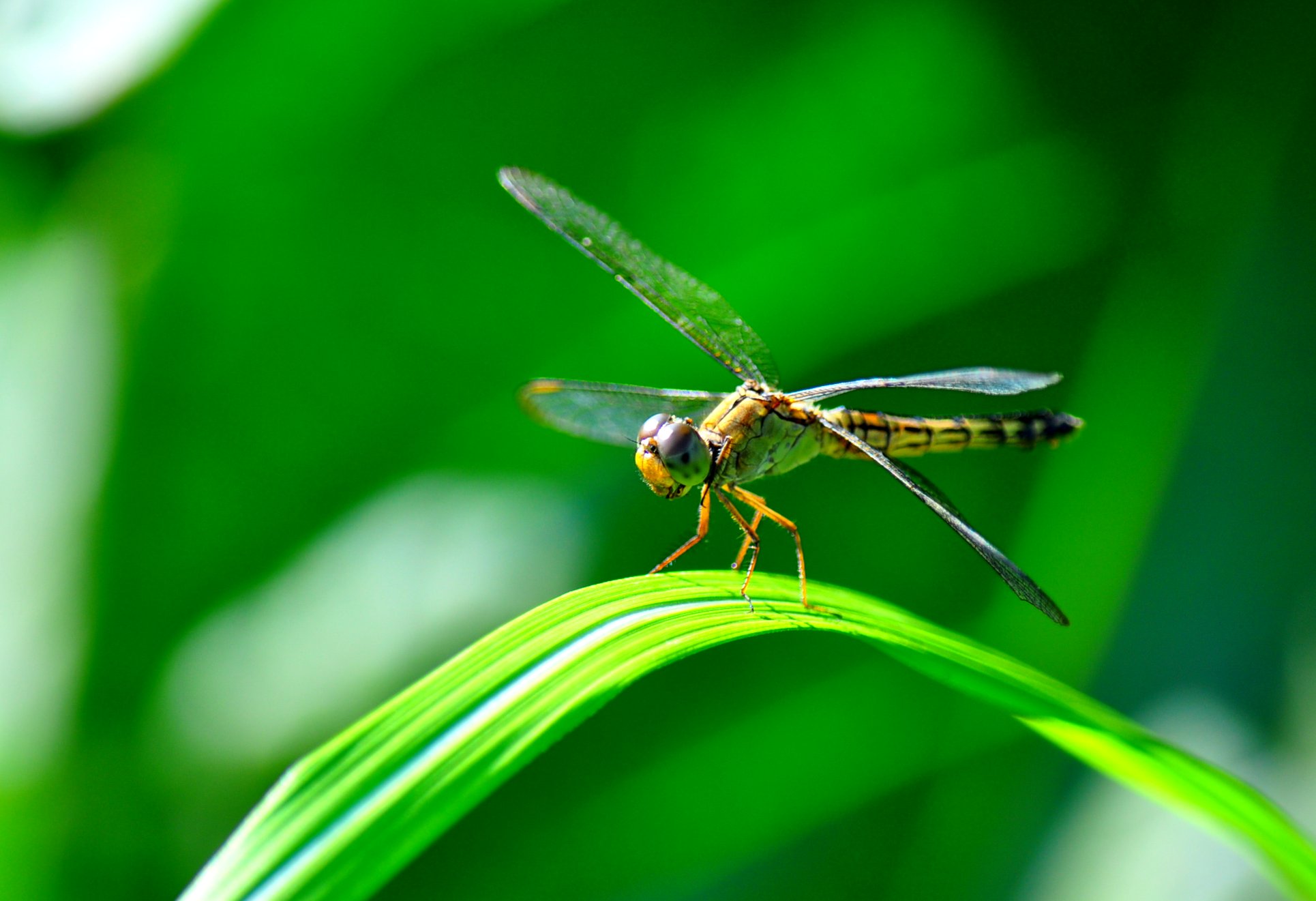
Here’s where things get truly mind-blowing: both sharks and dragonflies achieve hunting success rates that would make any apex predator jealous. Dragonflies boast an astounding 95% success rate when hunting, making them the most efficient predators on the planet. Great white sharks, while slightly less successful, still maintain impressive hunt success rates of around 55% – far higher than most terrestrial predators.
This mathematical precision isn’t accidental. Both species have evolved to calculate intercept courses, predict prey movement, and execute attacks with surgical precision. They’re essentially living computers, processing vast amounts of sensory data in milliseconds to ensure their next meal doesn’t escape.
Sensory Superpowers Beyond Human Comprehension
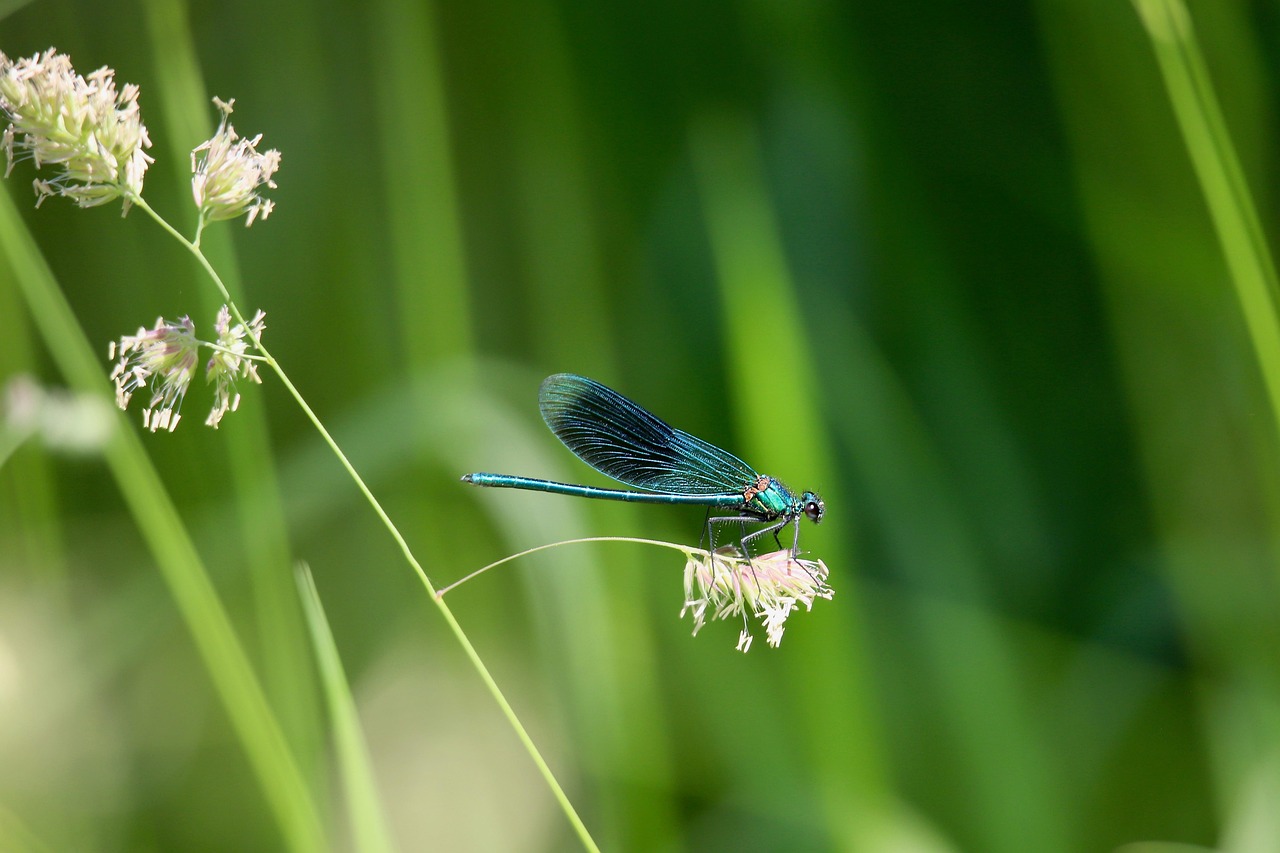
The sensory capabilities of both sharks and dragonflies read like science fiction novels. Sharks possess electroreception through specialized organs called ampullae of Lorenzini, allowing them to detect the electrical fields generated by all living creatures. They can sense a heartbeat from several feet away and detect prey hiding in sand.
Dragonflies, on the other hand, have compound eyes containing up to 30,000 individual lenses – compared to humans’ measly single lens per eye. This gives them nearly 360-degree vision and the ability to see ultraviolet light, polarized light, and detect the slightest movements across vast distances. Their visual processing is so advanced that they can track multiple targets simultaneously while maintaining perfect flight control.
Hydrodynamic and Aerodynamic Marvels

Both creatures have achieved near-perfect efficiency in their respective fluid environments. Sharks have evolved streamlined bodies with dermal denticles – microscopic teeth-like scales that reduce drag and turbulence. This design is so effective that swimsuit manufacturers and submarine designers study shark skin to improve their own products.
Dragonflies possess four independently moving wings that can rotate and twist in ways that defy conventional aerodynamics. They can fly backward, hover in place, and make 180-degree turns in three wingbeats. Their wing-beat frequency can reach 30 beats per second, and they can achieve speeds of up to 35 mph – remarkable for an insect weighing less than a paperclip.
Neural Networks That Put Computers to Shame
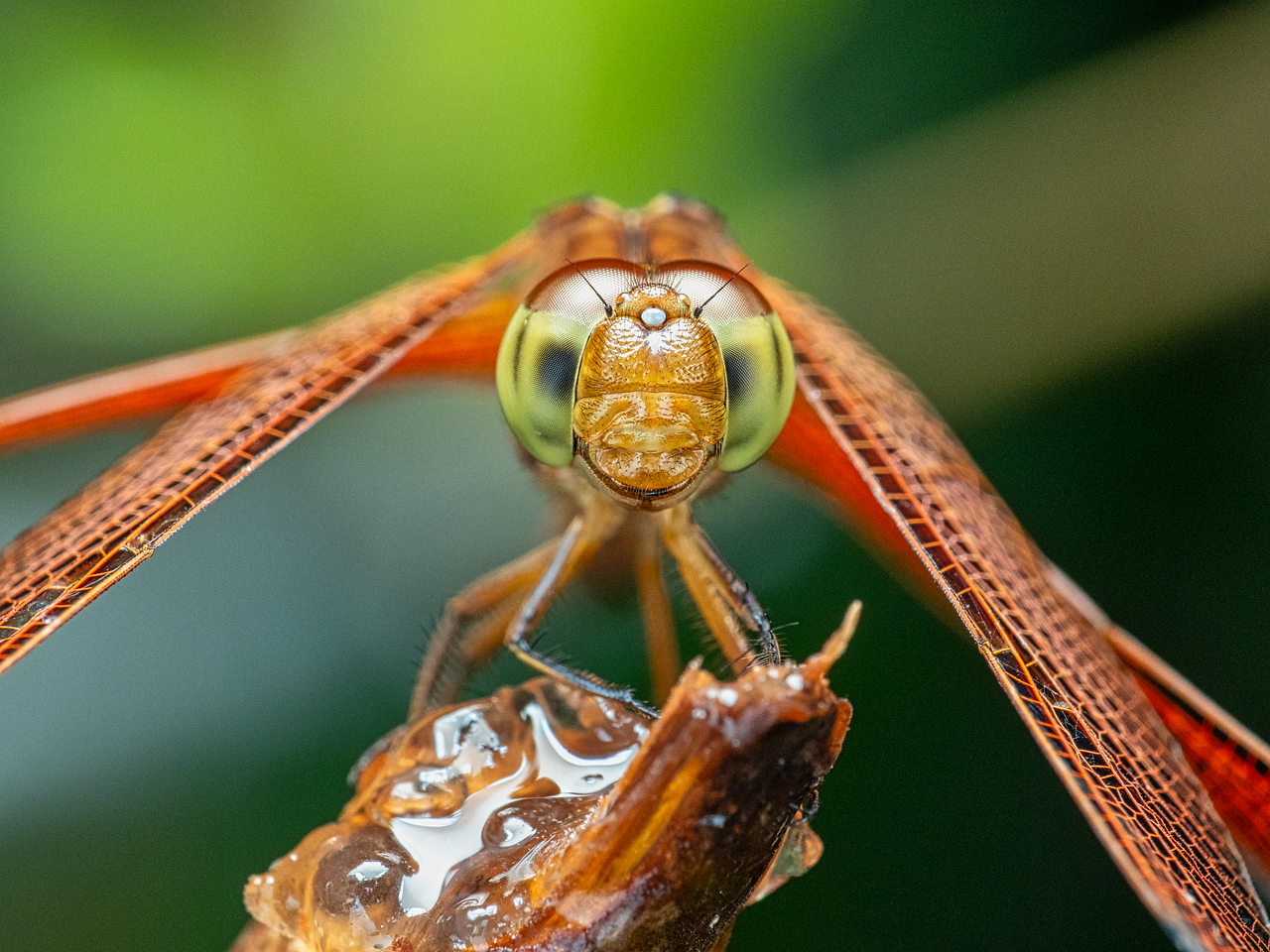
The brain processing power of both predators is staggering when you consider their relative sizes. Sharks have been found to possess remarkable spatial memory and can navigate using magnetic fields, much like living GPS systems. They can remember feeding locations and return to them seasonally, sometimes traveling thousands of miles with pinpoint accuracy.
Dragonflies, despite having brains smaller than sesame seeds, can perform complex calculations that would challenge supercomputers. They predict future positions of moving targets, adjust their flight paths in real-time, and coordinate four wings independently while processing visual information from thousands of eye facets. This neural efficiency puts our most advanced AI systems to shame.
Ambush Tactics and Stealth Mastery

Both species have mastered the art of invisible approach. Great whites attack from below, using the sun’s glare and deep water shadows to remain undetected until the final moment. Their attack speed can reach 25 mph, and they often breach the surface completely when striking seals.
Dragonflies are equally stealthy, approaching prey from below or behind in the prey’s blind spot. They adjust their flight path to stay in areas where their target can’t see them, essentially becoming invisible until they strike. This tactical approach requires split-second decision-making and perfect timing.
Energy Conservation Champions
Efficiency isn’t just about hunting – it’s about surviving between meals. Sharks have evolved to be incredibly energy-efficient, with some species capable of going months without food. They can slow their metabolism dramatically and enter a state similar to hibernation when prey is scarce.
Dragonflies are equally impressive energy managers. They can glide for extended periods without flapping their wings, using thermals and air currents to conserve energy. When hunting, they expend energy in short, explosive bursts rather than sustained high-energy flight, maximizing their hunting time per calorie consumed.
Territorial Dominance and Strategic Positioning
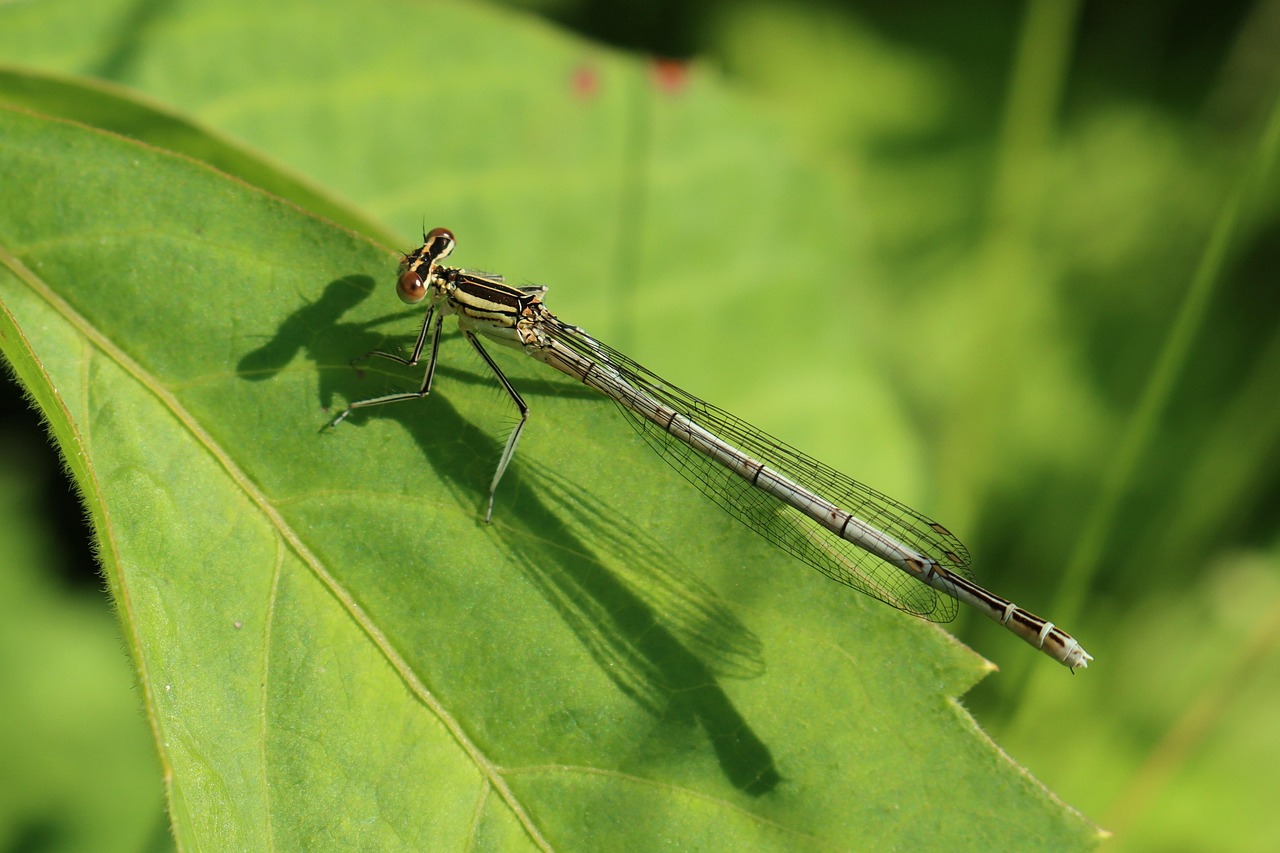
Both predators understand the importance of location in successful hunting. Sharks establish territories around seal colonies, shipping lanes, and areas with high fish concentrations. They patrol these areas methodically, learning the behavior patterns of their prey and timing their presence to coincide with feeding opportunities.
Dragonflies exhibit remarkably similar territorial behavior, claiming prime hunting spots near water sources where mosquitoes and other insects congregate. Males will defend these territories aggressively, engaging in aerial combat with intruders while females focus on the most productive hunting areas.
Evolutionary Arms Race Champions
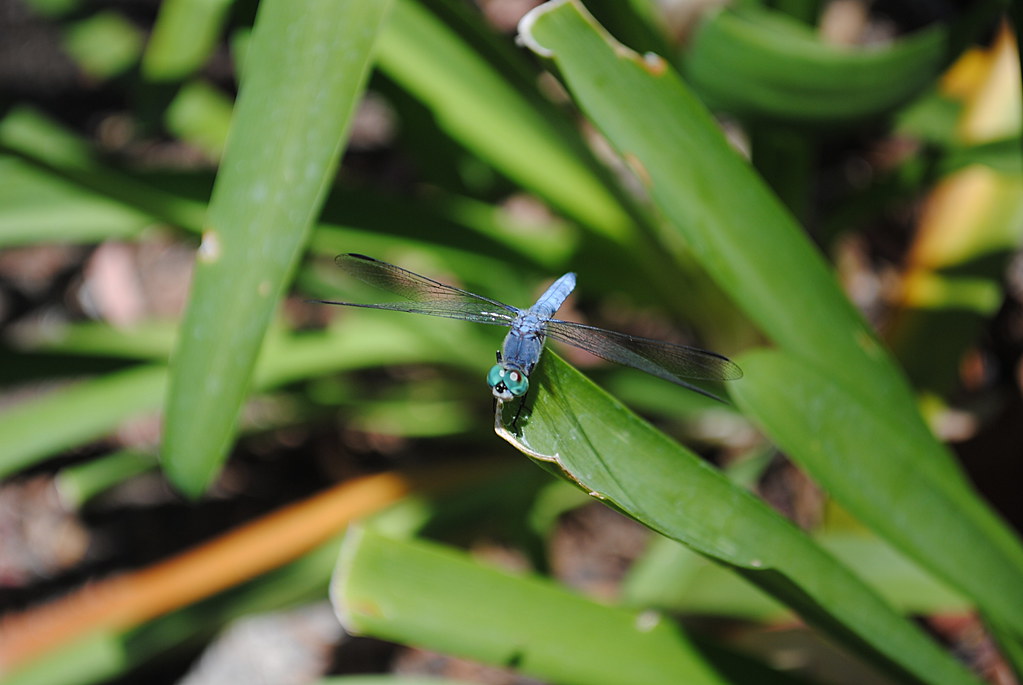
The evolutionary pressure both species face has driven them to constant improvement. Sharks have evolved different hunting strategies for different prey types – from the filter-feeding of whale sharks to the lightning-fast strikes of mako sharks. This specialization allows different species to exploit various ecological niches without competing directly.
Dragonflies have similarly diversified, with some species specializing in dawn and dusk hunting, others focusing on specific prey types, and some developing unique flight patterns that confuse their targets. This evolutionary flexibility has allowed both groups to thrive in diverse environments worldwide.
Biomimetic Inspiration for Human Technology

The engineering marvels of sharks and dragonflies haven’t gone unnoticed by human innovators. Shark-inspired designs appear in everything from submarine hulls to Olympic swimsuits. The unique properties of shark skin are being studied for applications in wind turbine blades and aircraft surfaces.
Dragonfly-inspired technology is revolutionizing drone design, with engineers attempting to replicate their incredible maneuverability and efficiency. Military applications include surveillance drones that can hover silently and change direction instantly, while commercial applications range from search and rescue operations to environmental monitoring.
Climate Adaptation Strategies
Both species have shown remarkable adaptability to changing environmental conditions. Sharks have survived ice ages, warming periods, and dramatic changes in ocean chemistry. Some species have even adapted to freshwater environments, demonstrating their incredible physiological flexibility.
Dragonflies have similarly proven their adaptability, with some species expanding their ranges as global temperatures change. Their ability to migrate vast distances and quickly establish populations in new areas makes them particularly resilient to environmental changes.
The Predator’s Paradox

Perhaps the most fascinating similarity between sharks and dragonflies is their role as ecosystem regulators. Both species help maintain the balance of their respective environments by controlling prey populations. Sharks prevent overgrazing of kelp forests by controlling sea urchin populations, while dragonflies help control mosquito populations that could otherwise become disease vectors.
This regulatory function makes both species keystone predators – their presence or absence can dramatically alter entire ecosystems. The decline of shark populations has led to cascading effects throughout marine food webs, while the loss of dragonfly populations can result in insect population explosions.
Future Evolutionary Paths
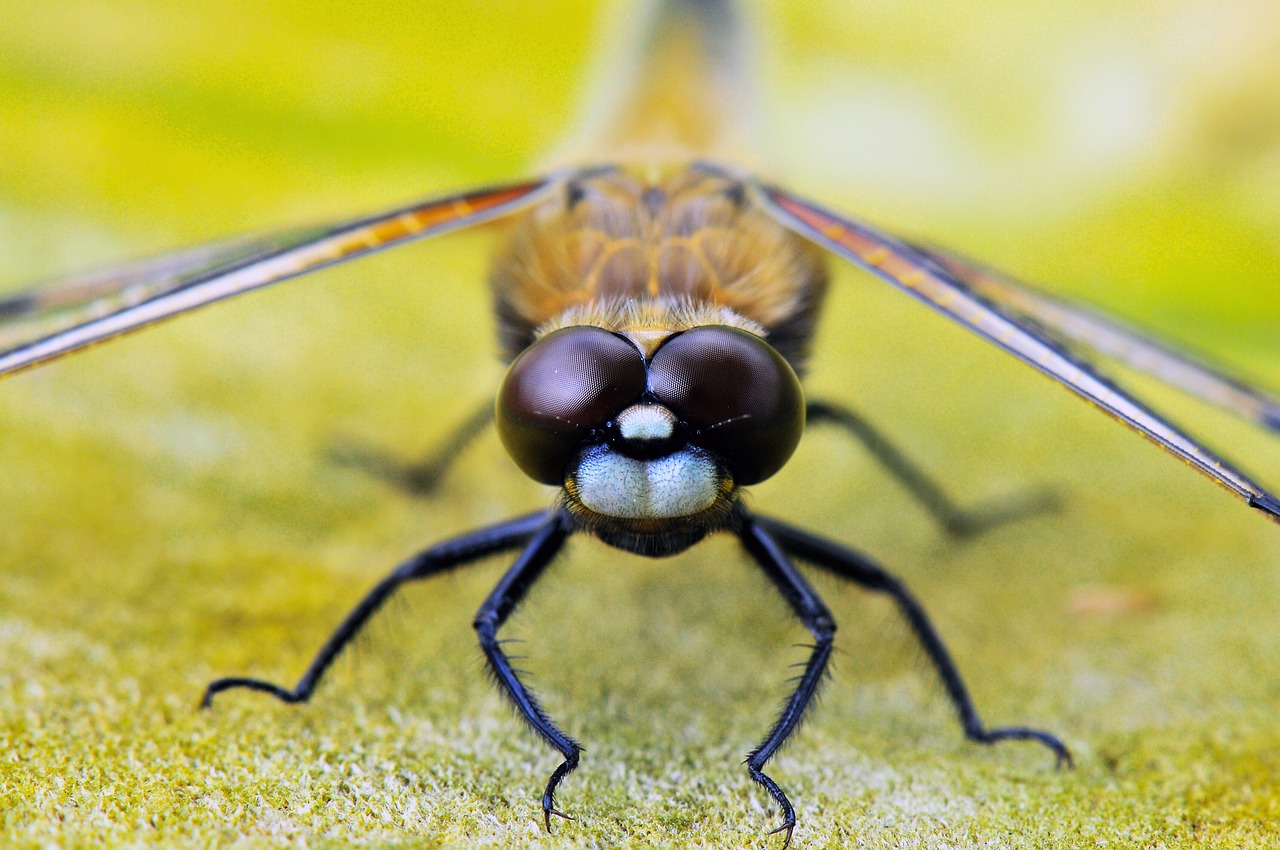
Looking ahead, both sharks and dragonflies face new challenges that will test their evolutionary adaptability. Ocean acidification and plastic pollution threaten shark populations, while habitat loss and climate change affect dragonfly breeding grounds. However, their proven track record of survival suggests these ancient predators will continue to evolve and adapt.
Scientists are particularly interested in how these species might develop new hunting strategies or sensory capabilities in response to changing environments. The next chapter in their evolutionary story is being written right now, and the implications for understanding predator-prey relationships are profound.
Understanding the remarkable parallels between sharks and dragonflies reveals something profound about the nature of predation itself. These two vastly different creatures have independently evolved nearly identical solutions to the challenges of being an efficient hunter. Their success lies not in brute force, but in precision, efficiency, and the ability to process information at lightning speed. Whether patrolling the ocean depths or skimming across a pond’s surface, these parallel predators remind us that evolution often finds the same brilliant solutions to life’s greatest challenges. What other unlikely pairs in nature might share such remarkable similarities?

